The Role of Peacekeeping in Peacebuilding
As a fervid student of world history and current events, I firmly believe in the transformative power of peacekeeping and peacebuilding. Today, I'd love to dive into their interconnected roles and the monumental effects they can have on global politics and societies. So let's delve into this roiling river of thought together, embracing our collective yearnings for understanding and peace.
An Unveiling of Peacekeeping
Thoughts about peacekeeping might conjure images of blue-helmeted soldiers, part of the United Nations Peacekeeping operations. And you would be right, dear reader. As the primary instrument developed by the international community, peacekeeping operates in turbulent locations worldwide, helping to control and end conflicts. But peacekeeping is not just about the soldiers; it's a comprehensive approach that encompasses many facets such as conflict resolution, establishing the rule of law, and supporting free and fair elections. The peacekeeping force essentially acts like a stabilization and transition team, paving the way for sustainable peace.
Deciphering Peacebuilding
Now, imagine planting a seed in a hard-cracked soil in a war-torn country. That seed, friend, is the essence of peacebuilding. Compared to peacekeeping, peacebuilding is a more long-term process and involves ensuring that peace is lasting by addressing root causes of conflict and building peaceful relations between conflicting parties. The end goal? A stable, harmonious society where individuals can thrive and live in peace. Sounds like a dream worth striving for, doesn't it?
Interlinking Peacekeeping and Peacebuilding
So now we understand peacekeeping and peacebuilding, but viewing them in isolation is like trying to bake a cake without mixing the ingredients. To fully grasp their effectiveness, we must appreciate how they intertwine. Indeed, peacekeeping sets the stage for peacebuilding, creating an environment in which peacebuilding activities can take place. Peacekeepers help control and resolve immediate conflicts, creating a sense of safety and security. This, in turn, provides the ideal conditions for peacebuilders to sew their seeds, addressing the causes of conflict, fostering reconciliation and developing institutions necessary for peace to take root and blossom.
The Challenges Ahead
Now, don't get me wrong—I'm not trying to paint an idyllic picture here. Both peacekeeping and peacebuilding come with their share of challenges. Politics, funding, coordination between agencies, differing cultural backgrounds, logistical hitches — you name it! Not to mention that both processes typically occur in active conflict zones with minimal infrastructure and heightened security risks, making the job just a smidge (read: a whole lot) more complicated.
Why Bother With Peacekeeping and Peacebuilding?
In the words of my dear spouse, Dean, "Why bother squaring up a round peg?" Well, the answer is simple. Because it's necessary. Conflict disrupts societies—families are torn apart, economies crumble, infrastructures are destroyed, and individuals live in fear. In such turbulent times, peacekeeping is like the nurturing rain that quenches the thirst of the ravaged land, while peacebuilding is like the sunshine, driving out shadows and providing the warmth needed for growth. Though the tasks are arduous, the ultimate aim of sustainable peace makes all the challenges worthwhile.
Assessing the Success — A Rather Tricky Affair
Another point that must be acknowledged is measuring success in peacekeeping and peacebuilding is, frankly put, highly complex. Given the wide spectrum of activities involved and the sheer difference in local political, economic and social conditions, measuring success is not as straightforward as counting apples in a basket. It's about observing subtle shifts toward stability, organization, and community engagement in the long-term process.
Still A Long Journey Ahead
Despite it all, peacekeeping and peacebuilding continue to be an essential part of rebuilding society after conflict. And though the journey is long and beset with difficulties, when we look at some of the world's most resilient communities, it becomes clear that these efforts tangibly contribute to lasting peace. As we move forward, it's vital that we continue to learn from our past experiences and adapt our tactics to better respond to the challenges of the future. After all, in our pursuit of a more peaceful world, aren’t we all just peacekeepers and peacebuilders at heart?
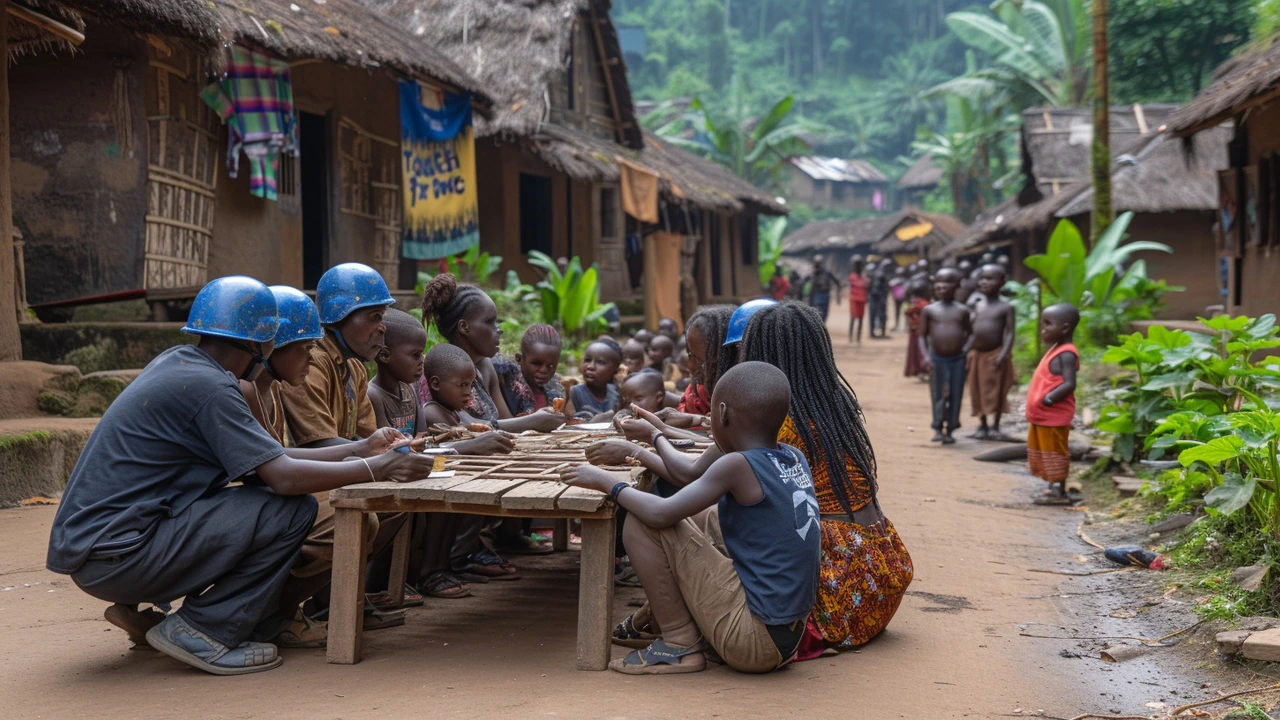

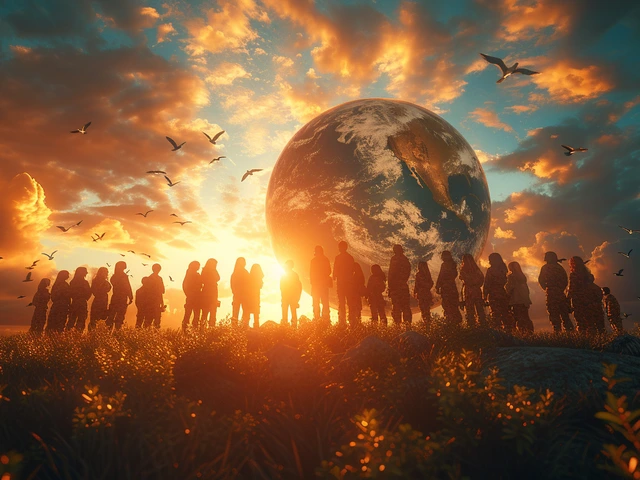
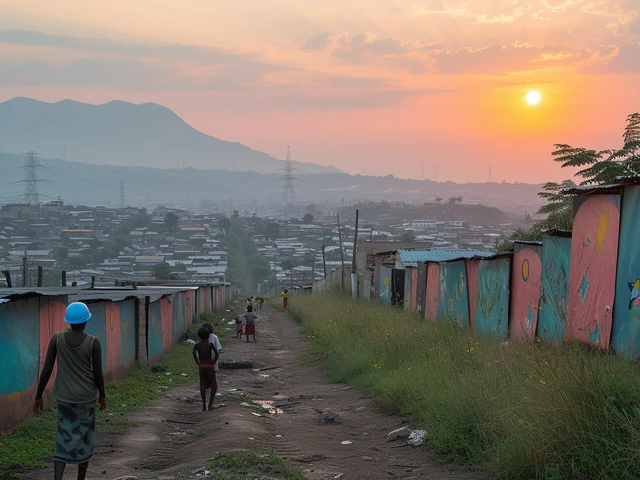
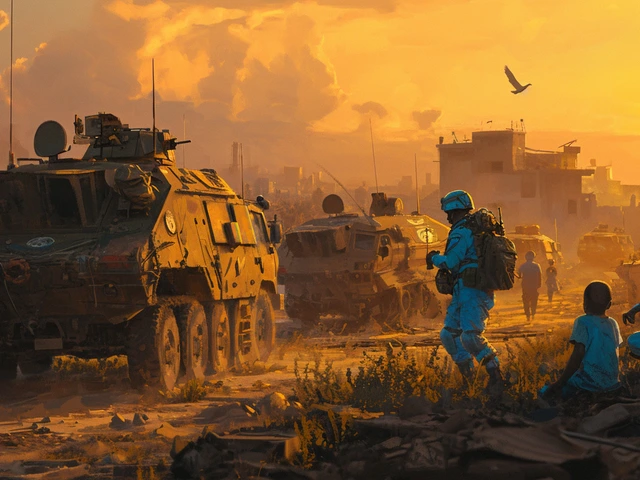
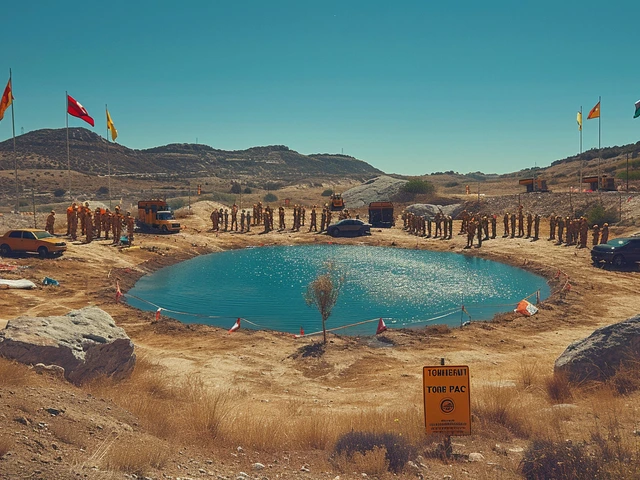
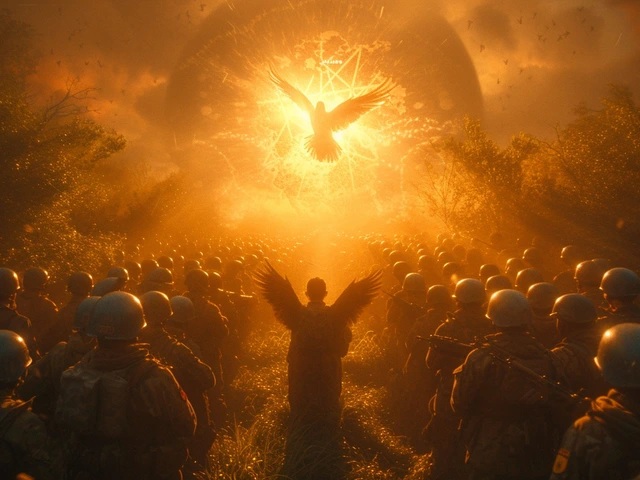

Write a comment